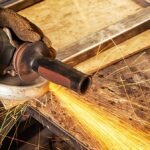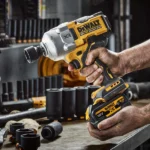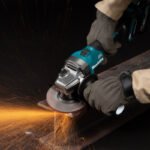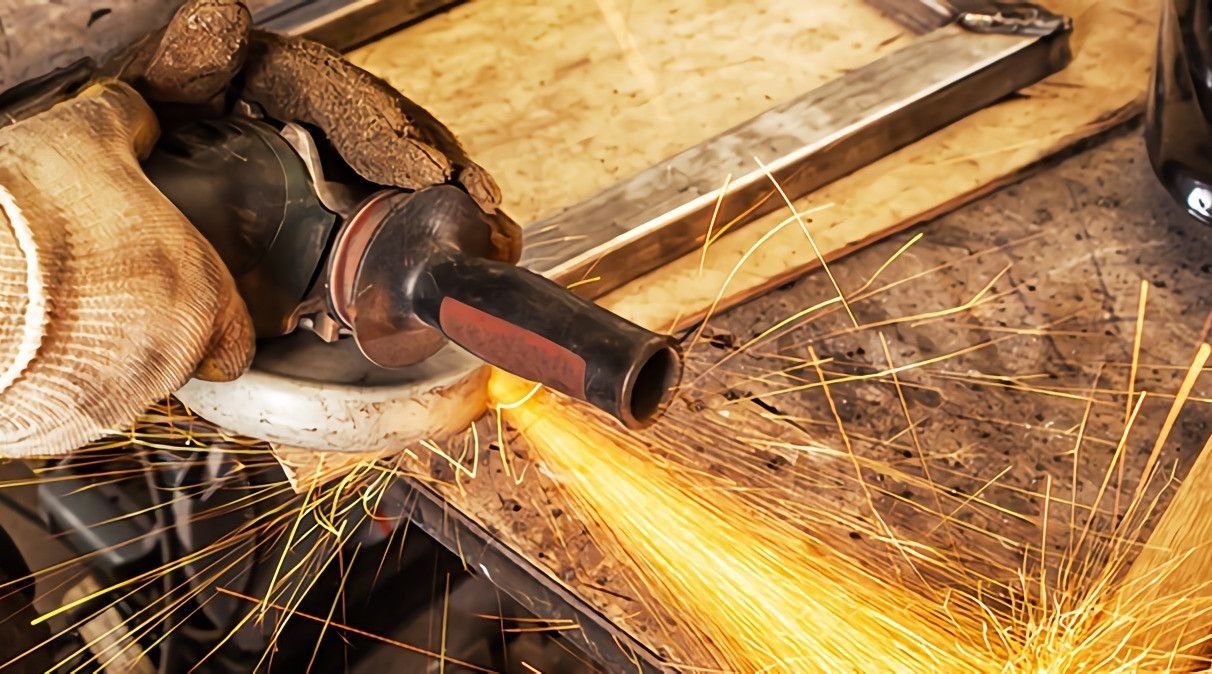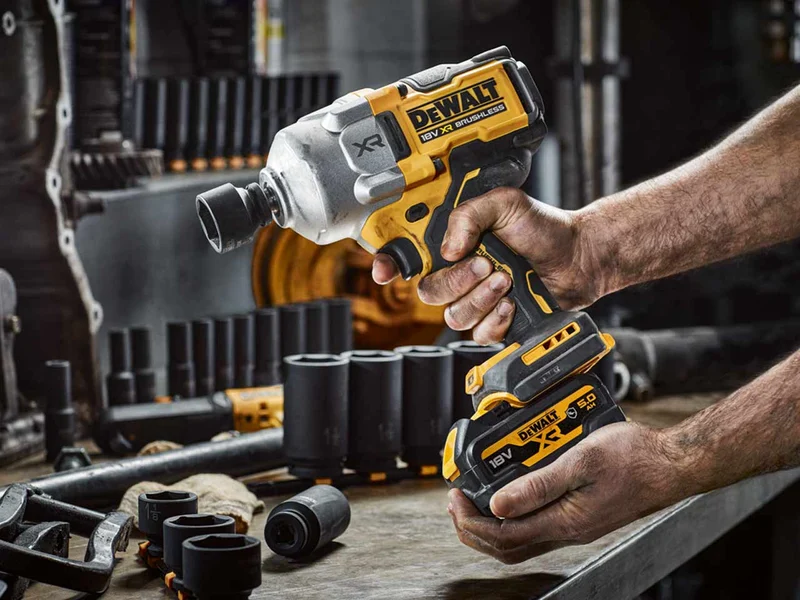The allure of freestanding bathtubs has transcended mere functionality to become a symbol of luxury and relaxation in modern bathroom design. As a cornerstone of bathroom aesthetics and comfort, the market for freestanding bathtubs has witnessed substantial growth.
Industry data underscores a steady increase in consumer demand, with a projected market growth rate of 5.3% annually over the next five years. This uptick is largely attributed to the rising trend in home renovation and the increasing consumer preference for luxury bathroom fixtures.
Table of Contents
Analysis of Freestanding Bathtubs: Trends and Data
The burgeoning interest in freestanding bathtubs can be analyzed through several lenses: design innovation, material advancements, and consumer preference shifts. Historically, the market was dominated by traditional clawfoot and pedestal designs, but recent trends show a surge in minimalist and contemporary styles, appealing to a broader demographic.
Material technology has also evolved, with manufacturers now offering options ranging from acrylic and fiberglass to cast iron and solid surface, catering to varying tastes and budget considerations.
Product Spotlight: A Comparative Analysis
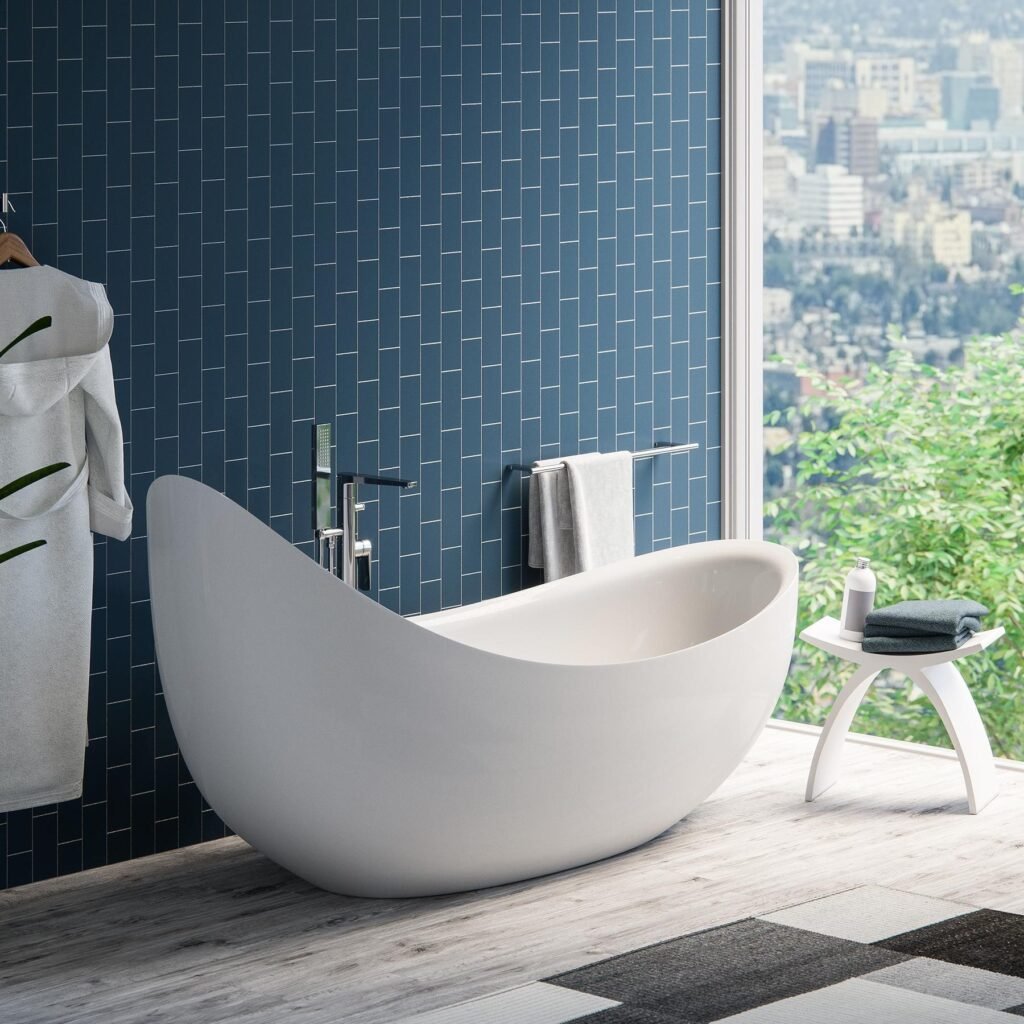
Acrylic Freestanding Tub
Advantages: Lightweight, warm to the touch, and retains heat well. It’s also relatively inexpensive compared to other materials.
Disadvantages: Less durable than some other materials and prone to scratching.
Cast Iron Freestanding Tub
Advantages: Incredibly durable, classic aesthetic appeal, and excellent heat retention.
Disadvantages: Very heavy, making installation more challenging and potentially requiring additional floor support.
Solid Surface Freestanding Tub
Advantages: Offers a modern look, is highly durable, and can be repaired if scratched or damaged.
Disadvantages: Can be on the higher end of the price spectrum.
Classification and Operational Considerations
Freestanding bathtubs can be classified into several categories, based on material, design, and installation complexity:
- Material: Acrylic, fiberglass, cast iron, solid surface, and stone.
- Design: Traditional (clawfoot, pedestal), contemporary (sleek, minimalist), and custom designs.
- Installation Complexity: From easy, DIY-friendly models to those requiring professional installation due to weight or plumbing considerations.
When considering a freestanding bathtub, operational considerations should include assessing the bathroom’s size, the weight-bearing capacity of the flooring, and the compatibility with existing plumbing. Additionally, maintenance requirements and the tub’s heat retention capabilities are crucial factors in ensuring long-term satisfaction.
Frequently Asked Questions
Consider both the size of your bathroom and the space required for installation and plumbing. Ensure there’s adequate clearance around the tub for a comfortable fit and accessibility.
Heavy materials like cast iron may require additional floor reinforcement. Consult with a professional to ensure your floor can support the weight.
Maintenance varies by material. Acrylic and fiberglass tubs require non-abrasive cleaners to prevent scratching, while cast iron may need occasional re-enameling.
Summary
Freestanding bathtubs represent a blend of luxury, comfort, and aesthetic appeal in modern bathroom designs. With the market poised for growth, the diversity in designs, materials, and installation options offers consumers a wide range of choices to suit their preferences and needs.
Whether seeking the classic elegance of a clawfoot tub or the sleek minimalism of a contemporary design, there’s a freestanding bathtub to complement every bathroom. Operational considerations, including size, weight, and maintenance, are crucial in making an informed decision, ensuring the bathtub not only enhances the bathroom’s aesthetic but also meets functional requirements for years to come.
